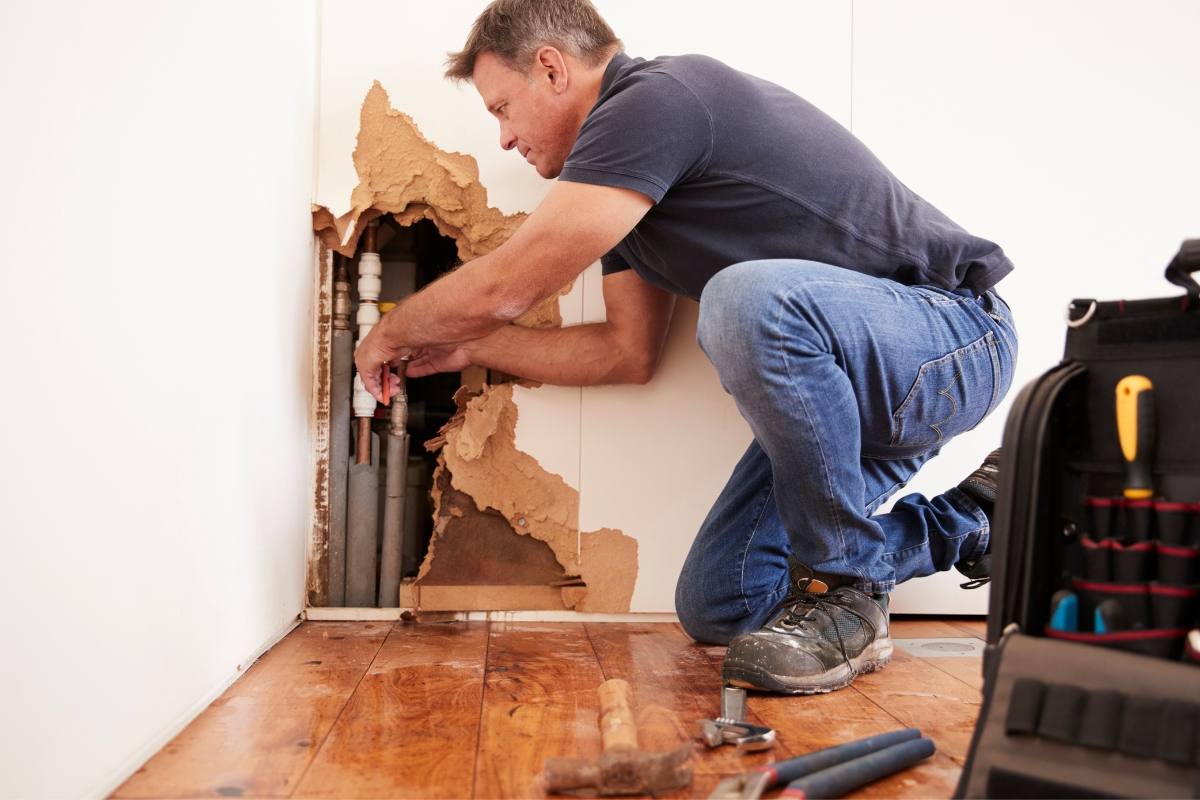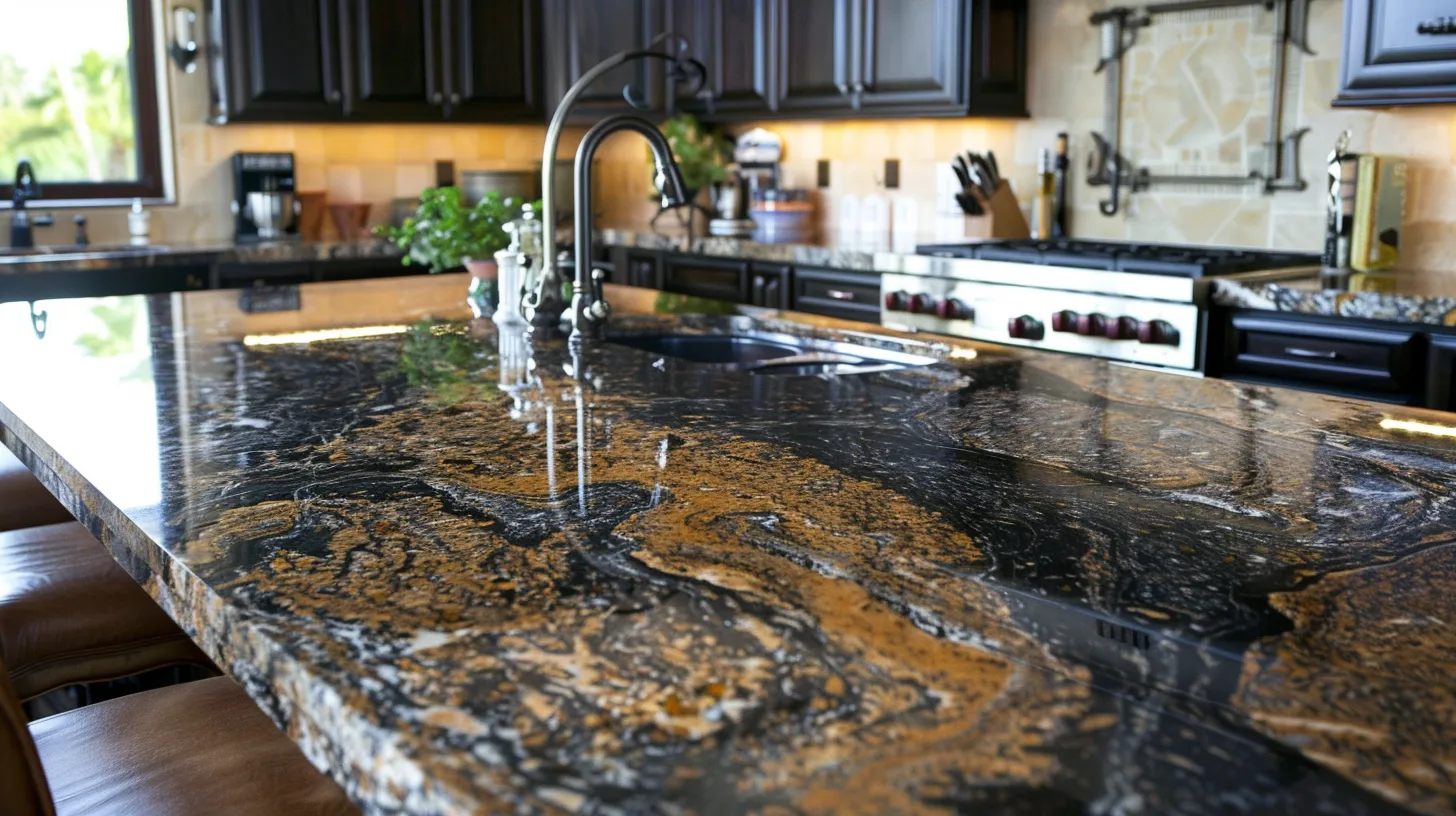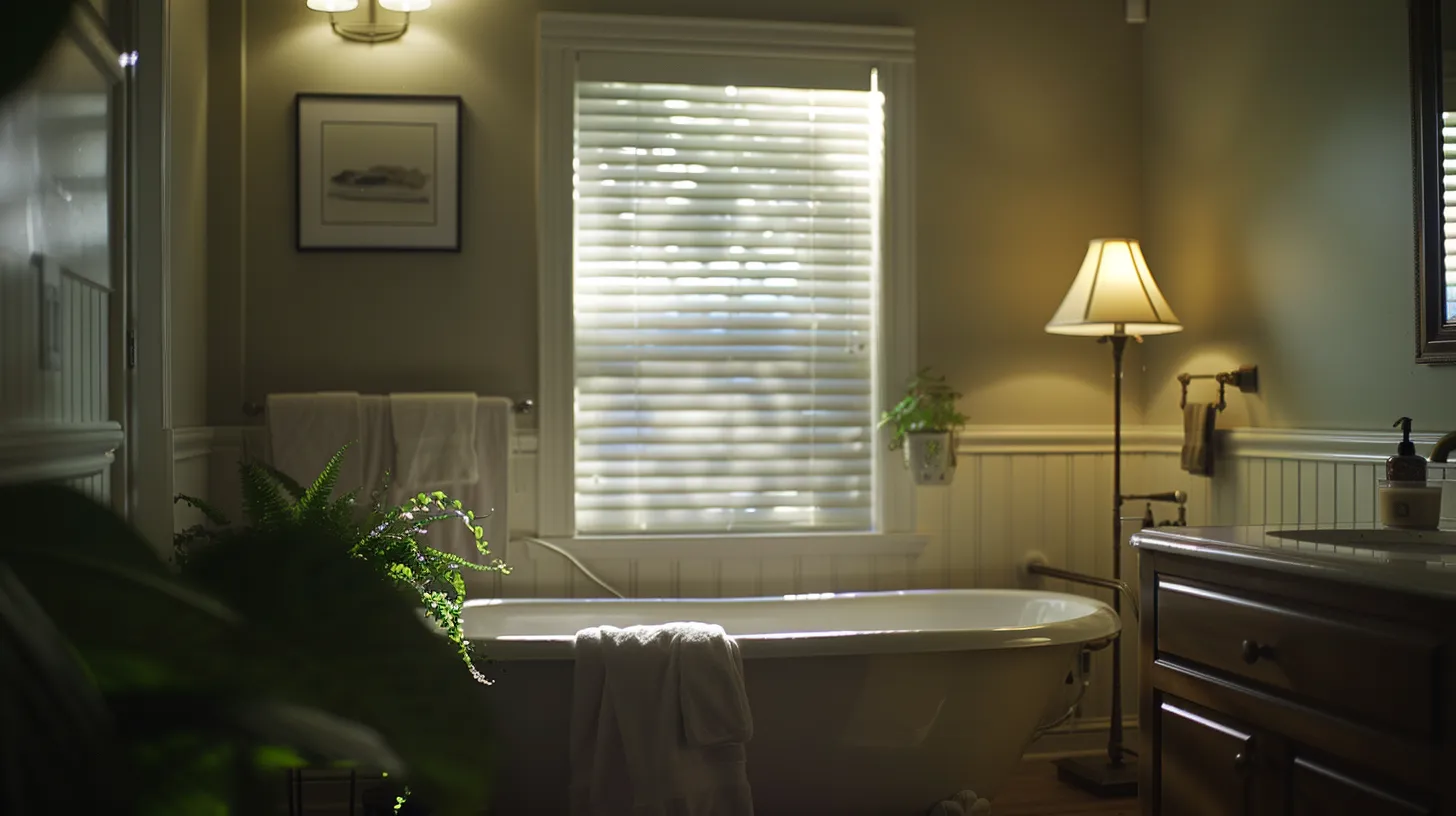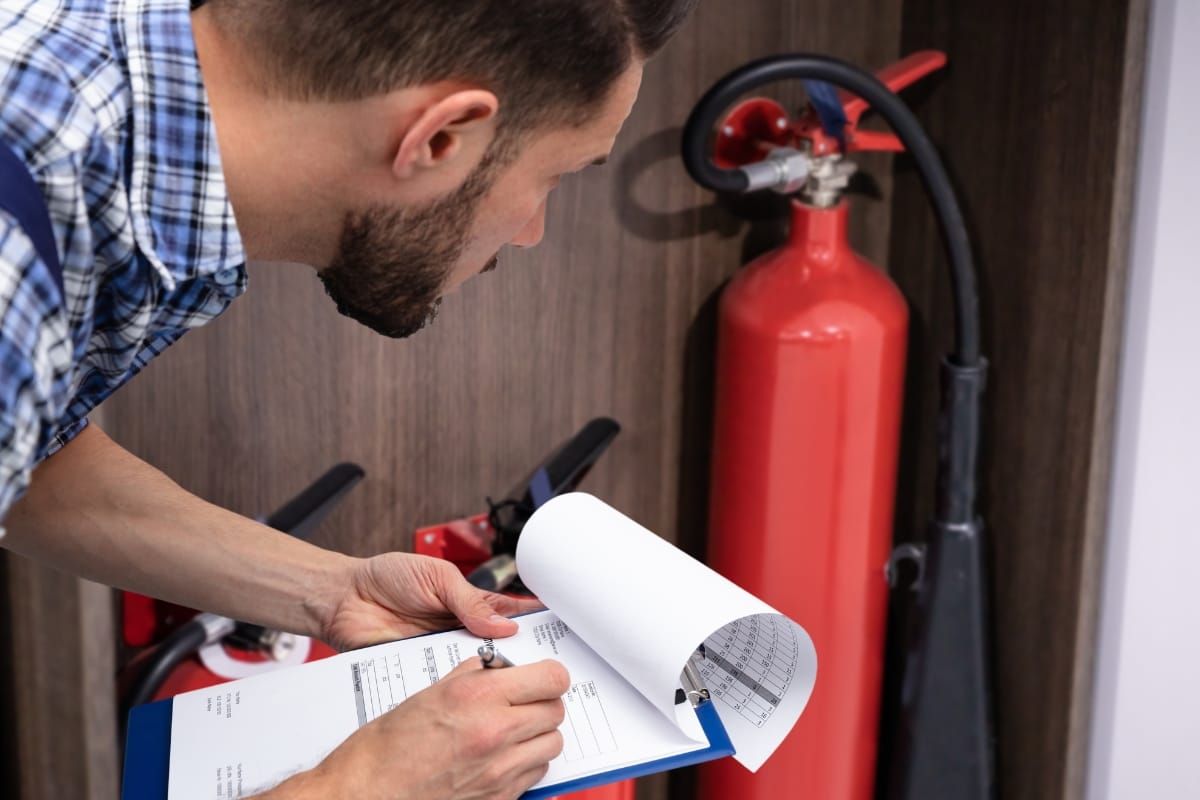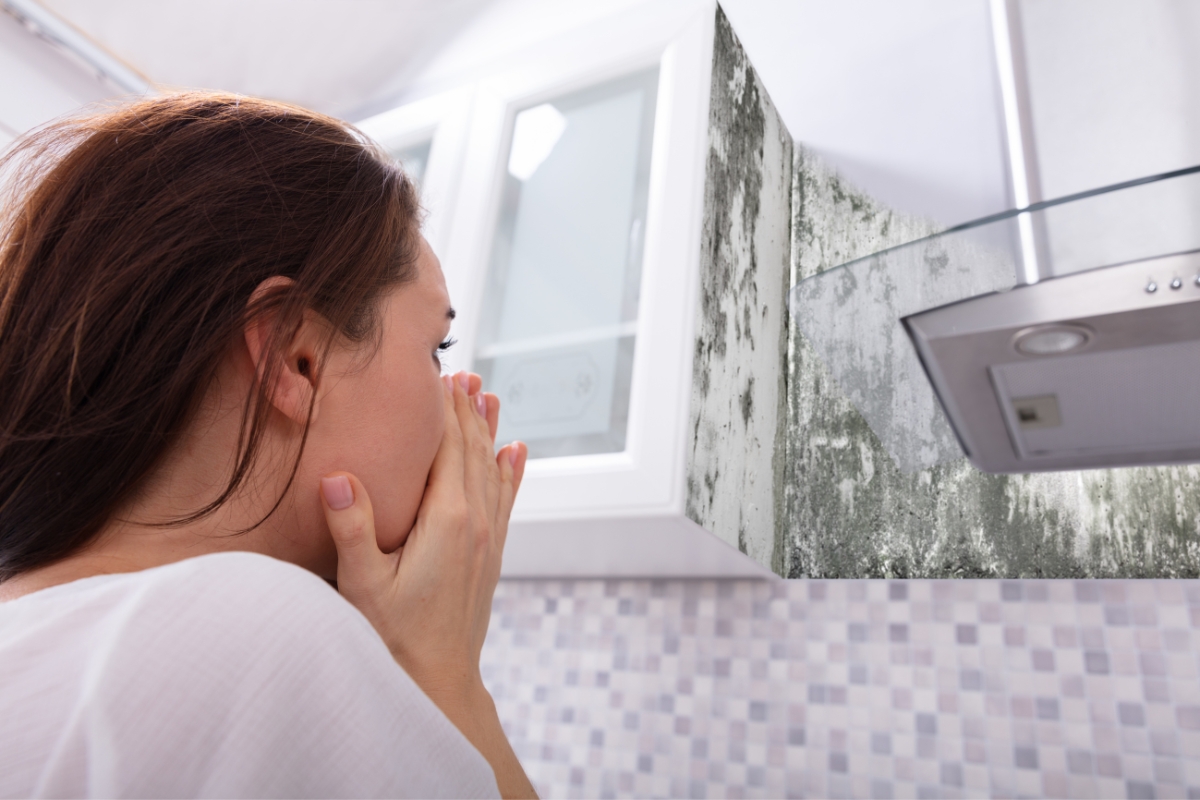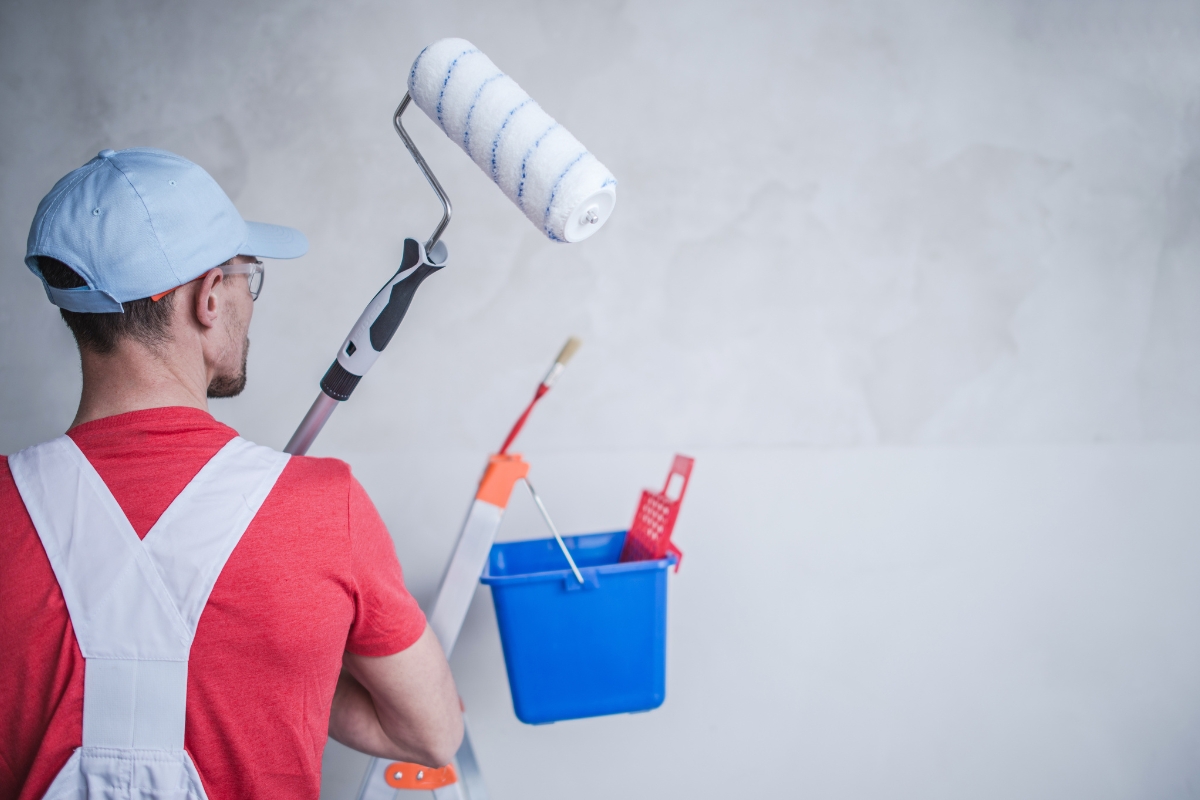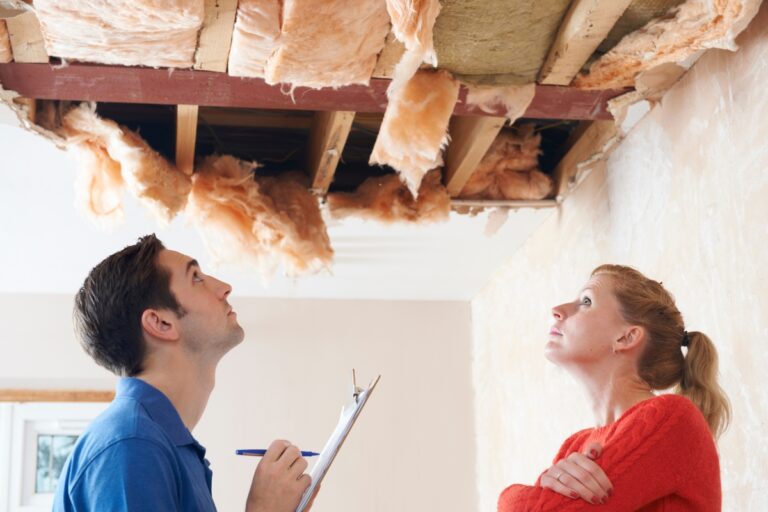When it comes to bathroom renovations or new construction, the focus often falls on fixtures, tiles, and design elements. However, one of the most critical components is often overlooked: the subfloor. A strong bathroom subfloor is essential for the longevity and functionality of your bathroom.
It provides a stable foundation for all surface materials and fixtures, prevents water damage, and supports the overall structural integrity of the space. In this bathroom subfloor overview, we’ll delve into why a robust subfloor matters more than you think, exploring its role in maintaining a safe, durable, and moisture-resistant environment.
Whether you’re embarking on a renovation or building from scratch, understanding the importance of a solid subfloor will help you make informed decisions that ensure the lasting quality and comfort of your bathroom.
Upgrade Your Bathroom from the Ground Up: Mastering the Subfloor With These Bathroom Subfloor Tips
Signs of a Weak Subfloor
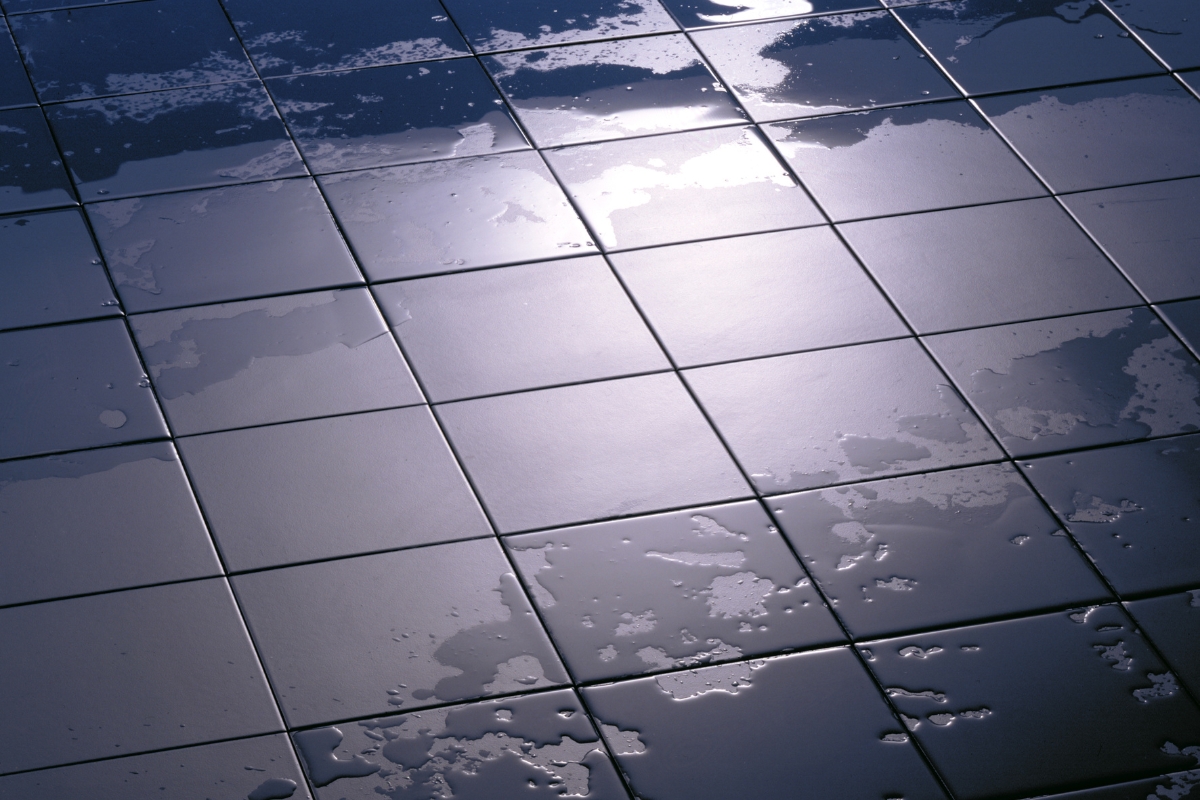
A weak subfloor can lead to a host of problems, so it’s important to be able to recognize the signs. One common indicator is sagging or uneven flooring. If you notice that your tiles are no longer level or that there are dips in the floor, it could be a sign that your subfloor is compromised. This unevenness often results from structural degradation, which can worsen over time if not addressed.
Another telltale sign is excessive squeaking or creaking when you walk on the floor. This could indicate that the subfloor has become weakened and is no longer providing adequate support.
These noises occur when the subflooring material rubs against itself or the underlying joists due to instability or damage. Additionally, if you notice any soft spots or areas of the floor that feel spongy underfoot, it’s likely that moisture has caused damage to the subfloor. Moisture can seep into the subfloor from leaks or high humidity, leading to wood rot or deterioration.
Cracks in the tiles or grout lines can also be an indication of a weak subfloor. When the subfloor becomes compromised, it can cause movement in the tiles, leading to cracks and gaps. This movement indicates that the subfloor is shifting under the weight and pressure of foot traffic, which compromises the integrity of the flooring.
Finally, if you find that your bathroom fixtures are becoming loose or unstable, it may be due to an underlying issue with the subfloor. Fixtures such as toilets, sinks, and bathtubs rely on a stable base for proper installation, and a weakened subfloor can cause them to shift or wobble, posing both functional and safety concerns.
Identifying these signs early allows for timely repairs, preventing further damage and ensuring the safety and durability of your bathroom flooring and fixtures.
Importance of Proper Installation for Your Subfloor
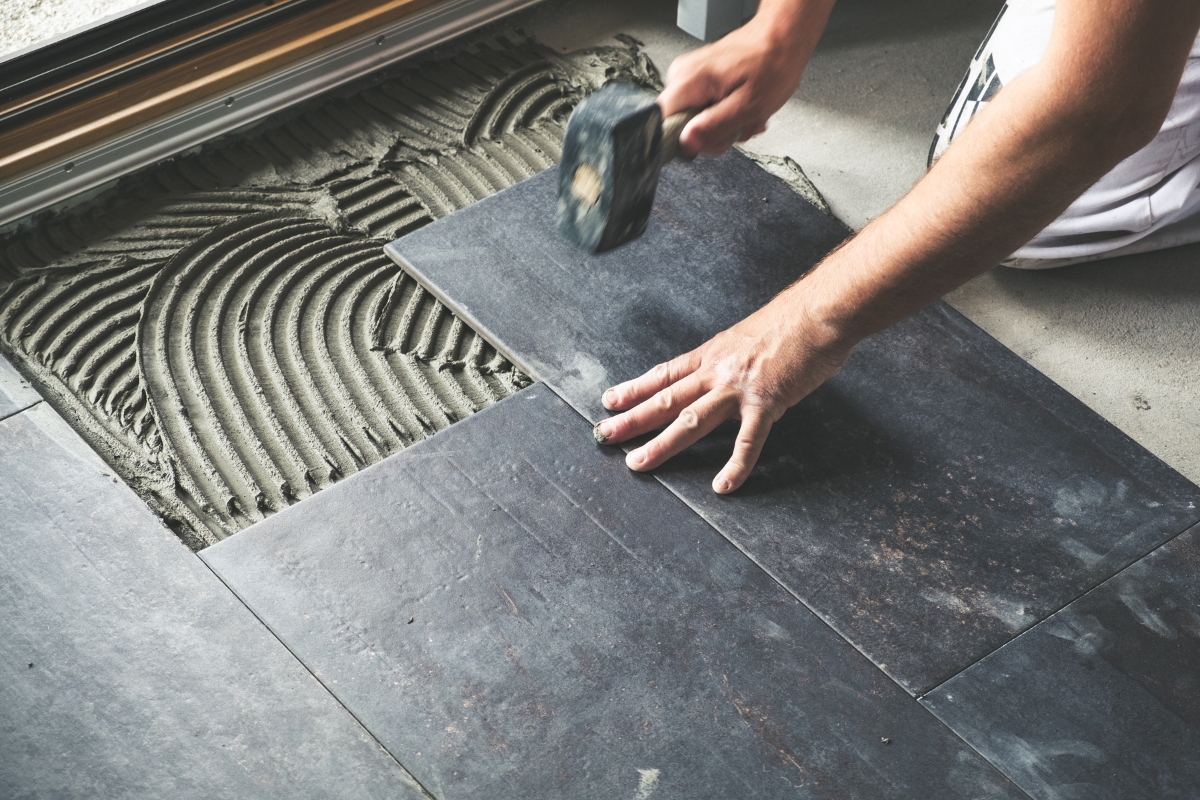
The importance of proper bathroom subfloor installation cannot be overstated. A well-installed subfloor provides a stable foundation for your bathroom flooring and helps prevent issues such as sagging, squeaking, and cracking. Ensuring a solid subfloor is crucial for the long-term durability and functionality of your bathroom.
One key aspect of proper installation is ensuring that the subfloor is level and flat. Any unevenness can lead to problems down the line, so taking the time to properly prepare and level the surface is essential. This preparation often involves sanding down high spots and filling in low areas to create a uniformly flat surface.
Additionally, using quality materials during installation will contribute to a stronger and more durable subfloor. Opting for high-grade plywood or oriented strand board (OSB) can enhance the structural integrity and lifespan of the subfloor. The bathroom subfloor thickness is also an important factor to pay attention to. You need to make sure that it’s thick enough for your bathroom’s use.
Properly installed subfloors also help with moisture management. By using moisture-resistant materials such as treated plywood or cement board and ensuring proper ventilation in your bathroom, you can minimize the risk of water damage to the subfloor. This is especially important in a room where moisture is constantly present. Sealants and waterproofing membranes can also be applied to further protect the subfloor from potential water intrusion.
Moreover, correct subfloor installation supports the performance of the finish flooring, whether it’s tile, vinyl, or another material, ensuring that it adheres properly and remains stable over time. Proper installation practices, including appropriate fastening techniques and allowing for expansion and contraction, also play a role in maintaining the integrity of the subfloor and the flooring above it.
By prioritizing proper subfloor installation, you safeguard your bathroom against common issues, enhance the overall durability of the flooring system, and promote a healthier, more resilient living environment.
Strong Subfloor Materials
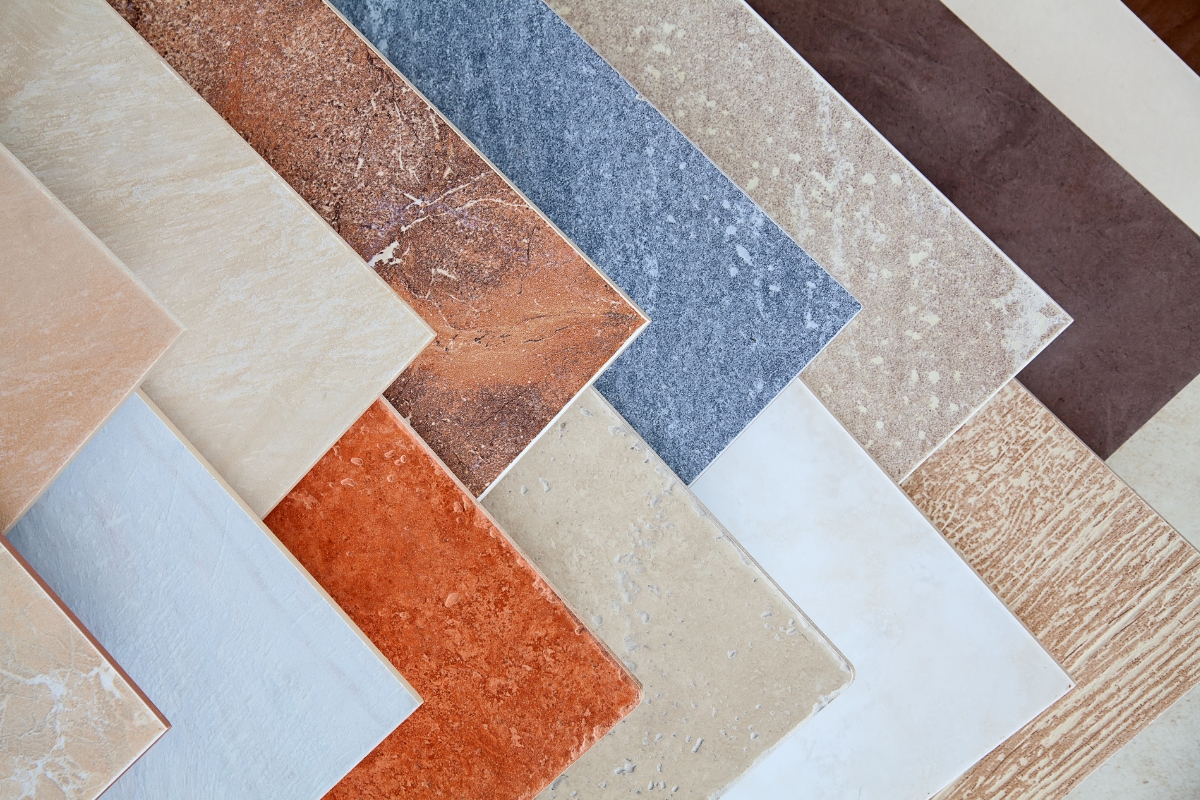
When it comes to choosing materials for a strong subfloor, there are several options to consider. One popular choice is plywood, specifically exterior-grade plywood. This type of plywood is designed to withstand moisture and has excellent structural integrity. It is made with waterproof glue and high-quality veneers, ensuring it can handle the damp environment typical of bathrooms without warping or deteriorating.
Cement backer board is another common material used for subfloors. It is resistant to moisture and provides a solid base for tile installation. Cement backer board is particularly suitable for areas with high levels of moisture, such as showers or tub surrounds. Its composition of cement and reinforcing fibers makes it both durable and dimensionally stable, preventing the subfloor from expanding or contracting with temperature and humidity changes.
Fiber cement board is also worth considering. It offers similar benefits to cement backer board but is lighter and easier to work with. Additionally, fiber cement board has excellent resistance to mold and mildew. This material combines cement with cellulose fibers, providing a robust and moisture-resistant surface that is also less prone to breaking during installation.
Another option is oriented strand board (OSB), which can be used in conjunction with other moisture-resistant layers. OSB is composed of wood strands bonded with waterproof resin, making it a cost-effective and durable choice for subflooring. However, it should be treated with caution in high-moisture areas unless paired with adequate waterproofing measures.
Using these materials ensures that the bathroom subfloor is both strong and resilient, providing a reliable foundation for the finished flooring while preventing common issues like warping, mold, and structural weakness. Selecting the right subfloor material is crucial for maintaining the overall integrity and longevity of the bathroom.
Impact of Moisture on Subfloor Integrity
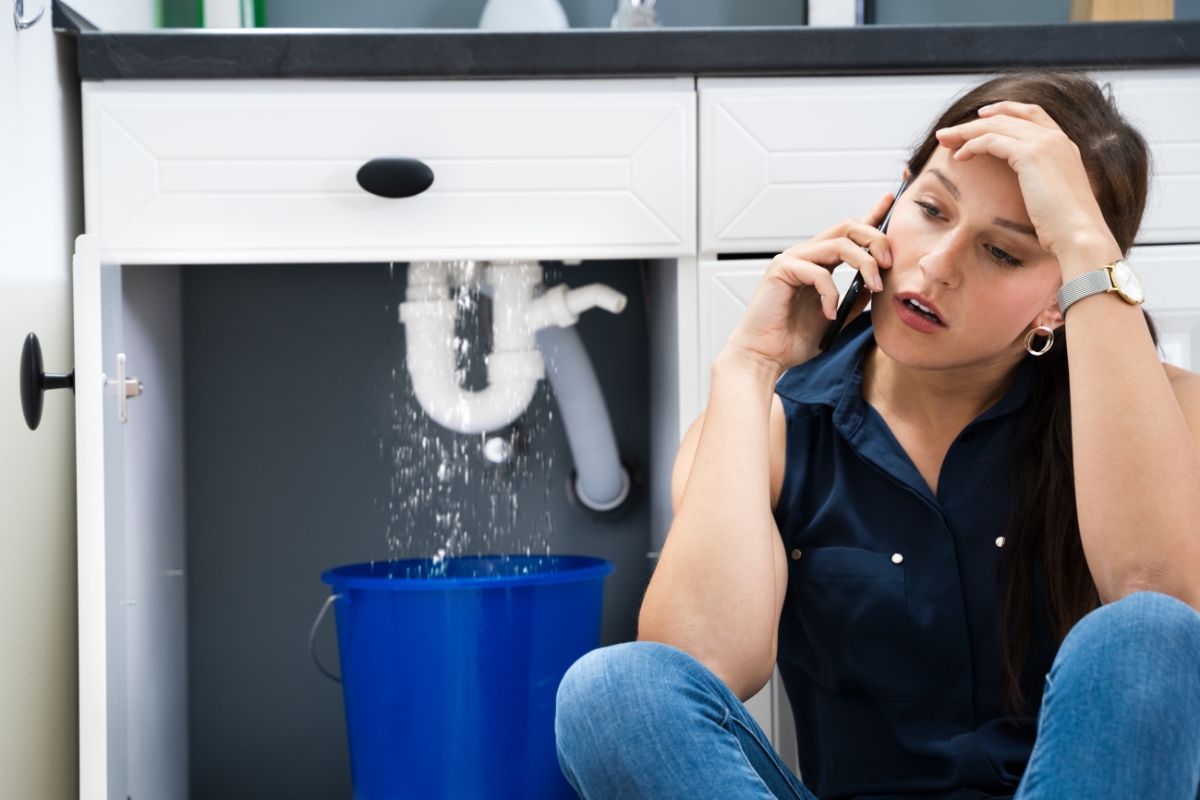
Moisture can have a significant impact on the integrity of your subfloor. When exposed to excessive moisture over time, wood-based subfloors can become weakened and even rot. This deterioration compromises the structural stability of the floor, making it unsafe and potentially leading to costly repairs.
In addition to compromising the structural stability of the floor, moisture damage can also lead to other issues such as mold growth and unpleasant odors.
These problems not only affect the aesthetics of your bathroom but can also pose health risks. Mold spores can cause respiratory problems, allergies, and other health issues, especially in individuals with preexisting conditions.
To prevent moisture-related damage, it’s important to take preventative measures such as using waterproofing membranes or coatings on your subfloor. These barriers protect the subfloor from water intrusion, extending its lifespan.
Ensuring proper ventilation in your bathroom will help reduce humidity levels and minimize the risk of moisture buildup. Installing exhaust fans and ensuring they are used regularly can significantly decrease the moisture levels in the bathroom, protecting the subfloor and other structural elements from damage.
Regular inspections and maintenance are also crucial. Promptly addressing leaks or spills and repairing any damage can prevent moisture from causing long-term harm. By implementing these preventative strategies, you can maintain the integrity and durability of your bathroom subfloor, ensuring a safe and healthy environment.
Repairing a Damaged Subfloor: DIY vs. Professional Help
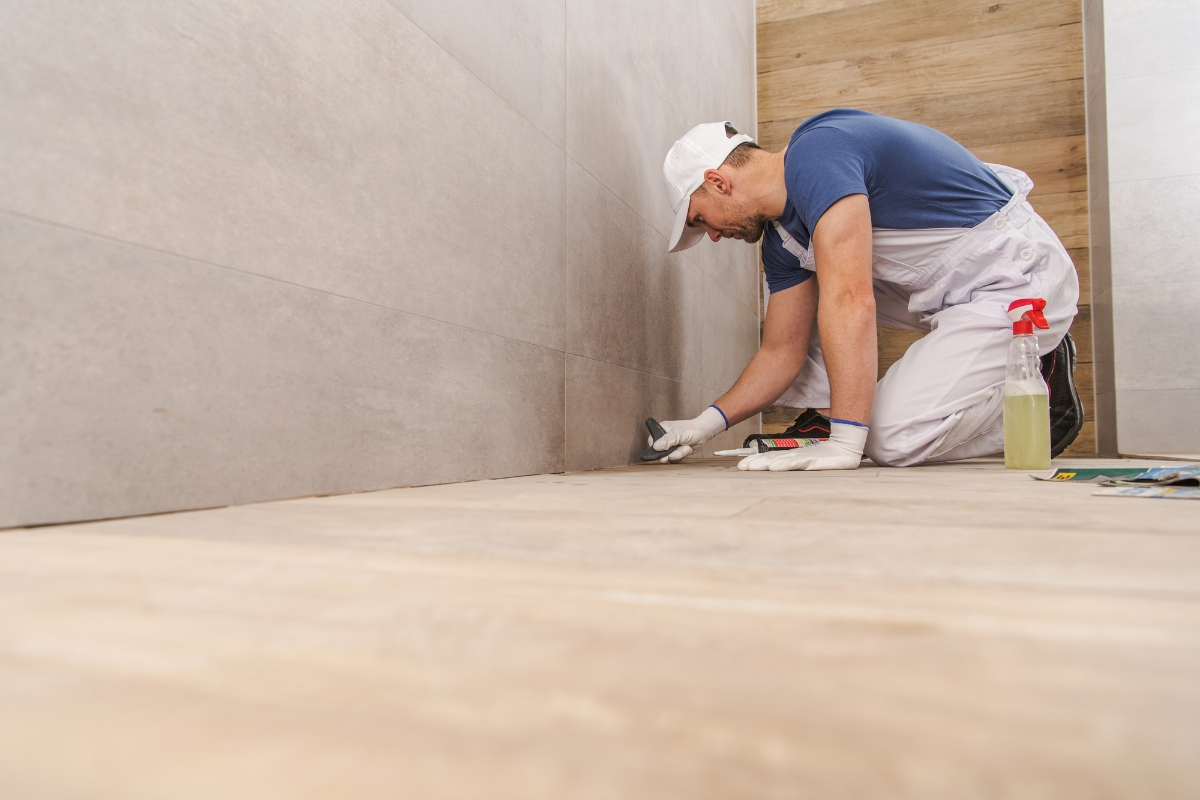
If you discover that your subfloor is damaged or weakened, you may be faced with the decision of whether to tackle the repairs yourself or seek professional help.
For minor issues such as small cracks or squeaks, a DIY approach may be sufficient. There are numerous resources available, including online tutorials and home improvement guides, that can walk you through the necessary steps.
However, it’s important to have a good understanding of the underlying problem and the necessary repair techniques. Ensure you have the right tools and materials, and take the time to do the job correctly. If you’re unsure or uncomfortable with DIY repairs, it’s best to consult a professional to avoid exacerbating the problem.
When it comes to more extensive damage or structural issues, it’s generally recommended to hire a professional contractor. They will have the expertise and tools necessary to properly assess and repair the subfloor, ensuring that it is restored to its original strength and stability.
Professionals can identify hidden issues that a DIY enthusiast might overlook, such as widespread water damage or structural weaknesses. Additionally, hiring a professional ensures that repairs meet local building codes and standards, which is crucial for the safety and resale value of your home.
Moreover, professionals can often complete the repairs more quickly and efficiently, minimizing disruption to your household. They also have access to higher quality materials and advanced techniques, which can result in a more durable and long-lasting repair. Weighing the complexity of the repair and your own skill level can help you make the best decision for your situation.
Preventative Measures to Preserve Your Subfloor
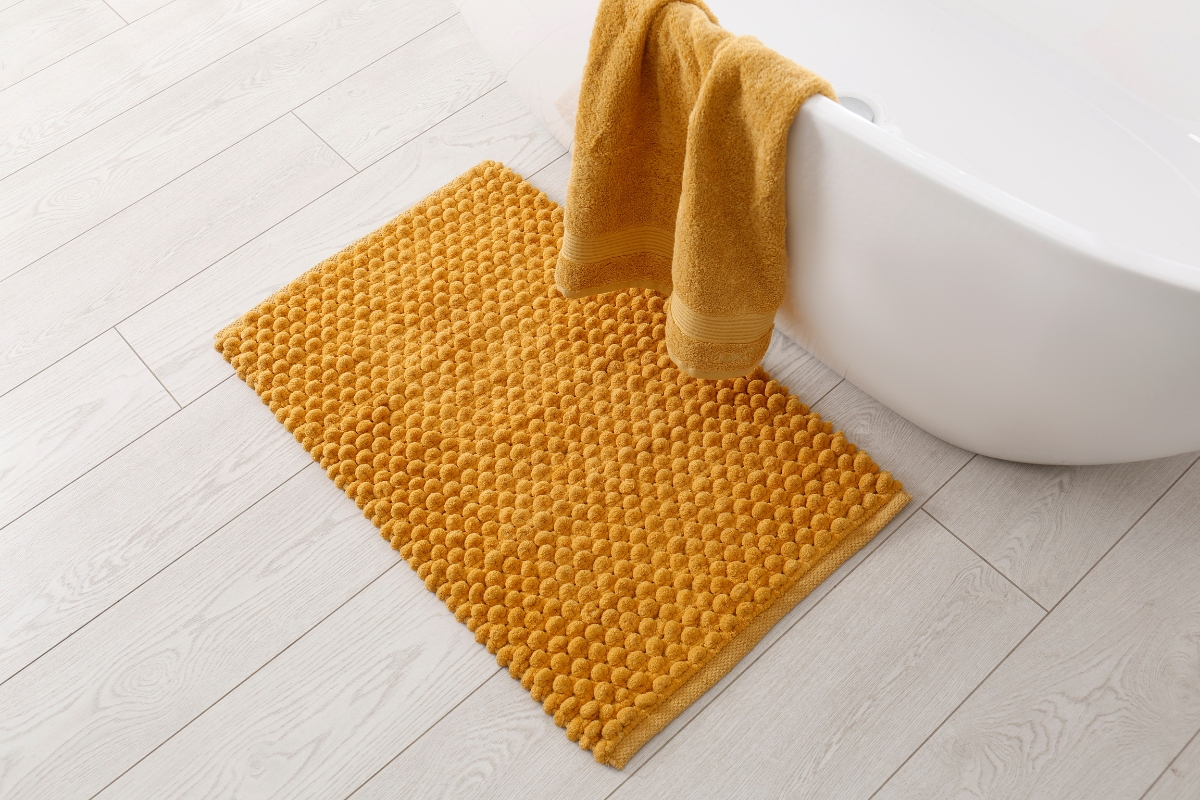
Preserving your subfloor starts with taking preventative measures. By implementing these measures, you can prolong the lifespan of your subfloor and minimize the risk of costly repairs.
One important step is ensuring proper ventilation in your bathroom. This can be achieved through the installation of exhaust fans or windows that allow for adequate airflow. Ventilation helps reduce humidity levels and prevents moisture buildup, which can lead to subfloor damage over time. Regularly running the exhaust fan during and after showers can significantly decrease moisture levels in the air, protecting the subfloor from water-related deterioration.
Regularly inspecting your bathroom for signs of water leaks is also crucial. Check for any dripping faucets, leaking pipes, or water stains on walls or ceilings. Addressing these issues promptly can prevent water from seeping into your subfloor and causing damage. Early detection and repair of leaks not only preserve the subfloor but also prevent mold growth and further structural issues.
Additionally, using bath mats or rugs near sinks, showers, and tubs can help absorb excess moisture and prevent it from reaching the subfloor. Be sure to regularly clean and dry these mats to avoid trapping moisture underneath them. Opt for quick-drying, machine-washable mats to ensure they remain effective in moisture control.
Another preventative measure is applying waterproof sealants to the edges and joints of your bathroom flooring. This extra layer of protection can prevent water from seeping through small gaps and reaching the subfloor.
Lastly, consider upgrading to water-resistant flooring materials, such as vinyl or tile, which provide an added barrier against moisture. By combining these preventative strategies, you can effectively safeguard your bathroom subfloor from damage, ensuring it remains strong and durable for years to come.
The Cost of Ignoring Subfloor Issues

Ignoring subfloor issues in your bathroom can have serious consequences both financially and structurally. What may start as a small crack or squeak can quickly escalate into a major problem that requires extensive repairs.
Water damage caused by a weak subfloor can lead to mold growth, which not only poses health risks but also requires costly remediation. Mold remediation can be an expensive and invasive process, often involving the removal and replacement of affected materials.
If the subfloor becomes severely compromised, it may no longer provide adequate support for your bathroom fixtures, resulting in further damage and potential safety hazards. For instance, a weakened subfloor could lead to the tilting or loosening of toilets and bathtubs, increasing the risk of leaks and water damage to surrounding areas.
Moreover, prolonged neglect can compromise the overall structural integrity of your home. Water can seep into the underlying joists and supports, causing them to rot and weaken. This could necessitate extensive structural repairs that are far more costly and disruptive than addressing initial subfloor issues.
By addressing subfloor issues promptly, you can avoid adding to your bathroom subfloor cost and time-consuming repairs. Regular maintenance and inspections are key to catching any problems early on and taking the necessary steps to prevent further damage. This proactive approach not only preserves the integrity of your bathroom but also maintains the overall safety and value of your home, ultimately saving you money and stress in the long run.
Enhancing Subfloor Durability with Waterproofing
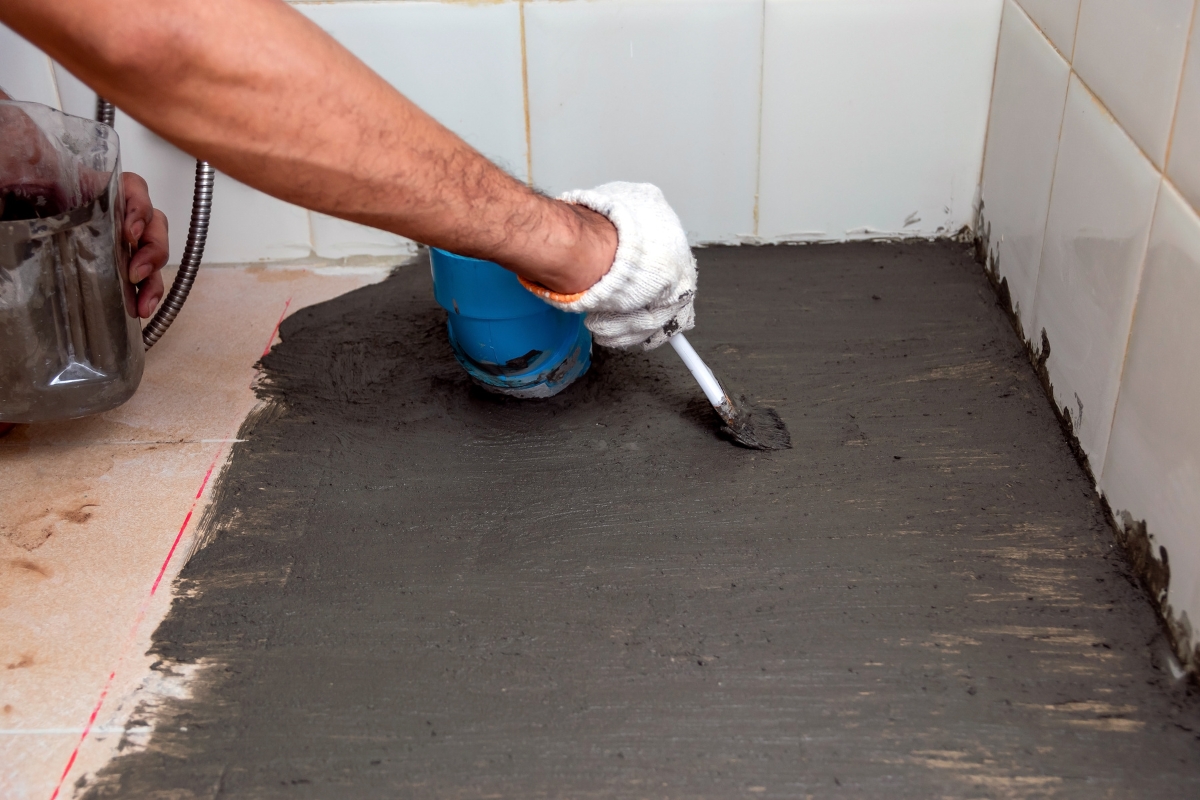
One effective way to enhance the durability of your subfloor is by incorporating waterproofing measures. Waterproofing products create a barrier that prevents water from seeping into the subfloor and causing damage. This extra layer of protection is essential in a bathroom, where high humidity and frequent water exposure are common.
There are various waterproofing options available, including waterproof membranes and coatings. These products are applied directly to the subfloor surface before installing the final flooring material.
Waterproof membranes, often made of rubber or plastic, provide a flexible, impermeable layer that blocks water infiltration. Waterproof coatings, typically liquid-applied, create a seamless protective layer that hardens upon drying. Both options offer robust protection against moisture and help prolong the lifespan of your subfloor.
In addition to using waterproofing products, it’s important to ensure proper installation techniques. This includes properly sealing joints and seams in the subfloor to prevent water infiltration. Ensuring that all edges, corners, and transitions are thoroughly covered with waterproofing material is crucial for comprehensive protection. Utilizing waterproof tape or sealant on seams and around fixtures can also prevent leaks.
Following manufacturer guidelines and consulting with professionals can help ensure that your waterproofing efforts are effective. Professionals can provide expert advice on the best waterproofing products and techniques for your specific subfloor type and bathroom conditions.
By implementing these measures, you can significantly enhance the durability and longevity of your subfloor, protecting it from moisture-related damage and ensuring a safe, stable foundation for your flooring.
Conclusion: Investing in Your Bathroom’s Foundation
Your shower subfloor may not be the most glamorous aspect of your renovation or construction project, but it plays a crucial role in maintaining the integrity and longevity of your bathroom flooring.
Don’t overlook this essential element of your bathroom—give it the attention it deserves to create a space that not only looks beautiful but also stands the test of time.
A strong bathroom subfloor is crucial for the durability and safety of your bathroom. For expert subfloor services, choose Restor-It, Inc. Our skilled team is dedicated to providing top-quality solutions tailored to your needs. Contact us at (678) 355-6645 or visit our website to fill out the form for a free quote.

